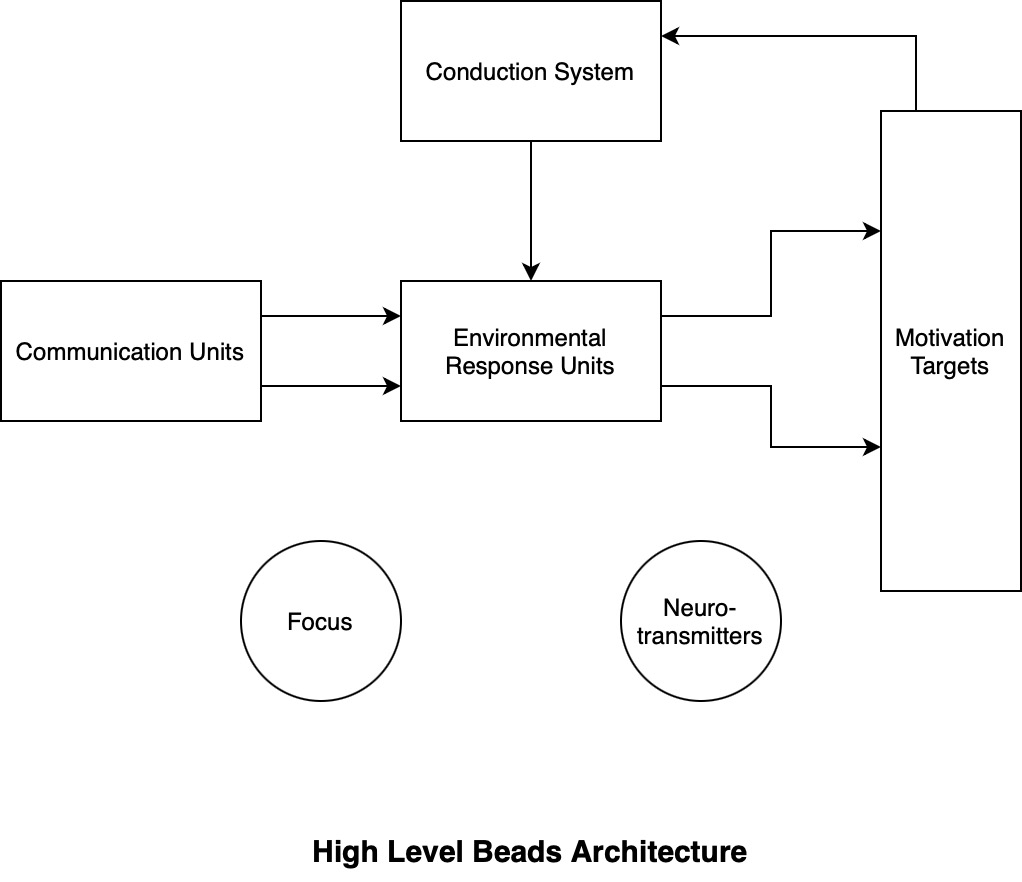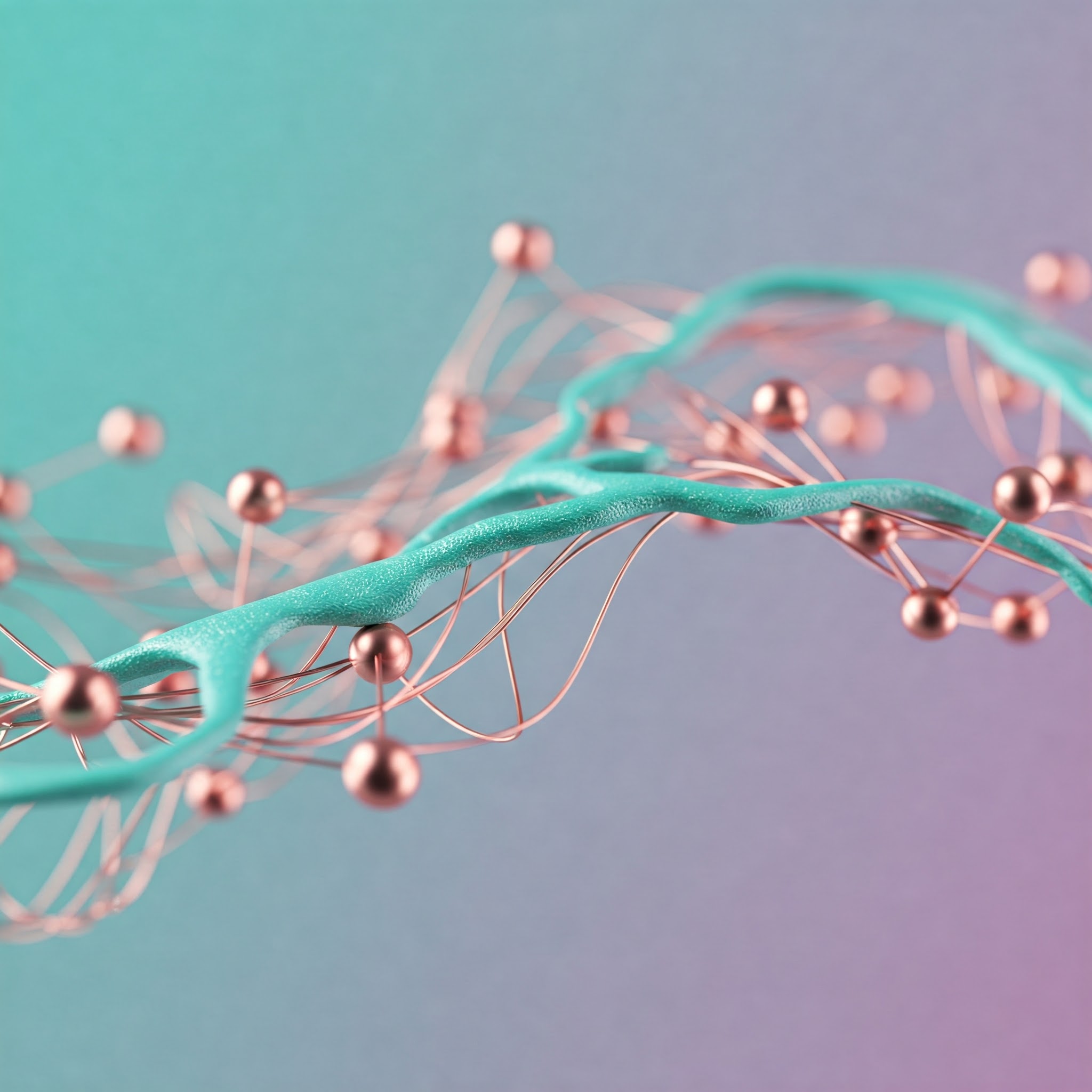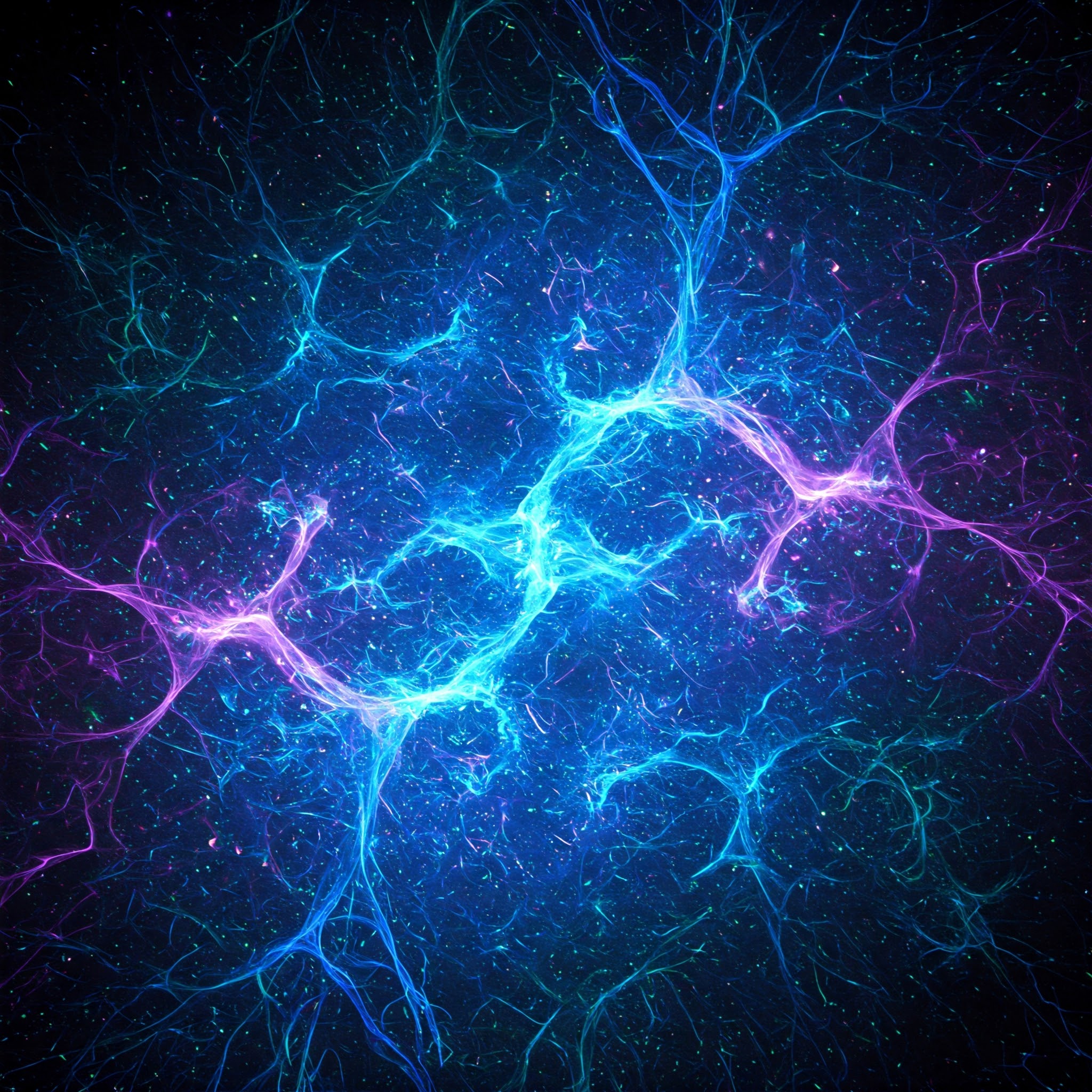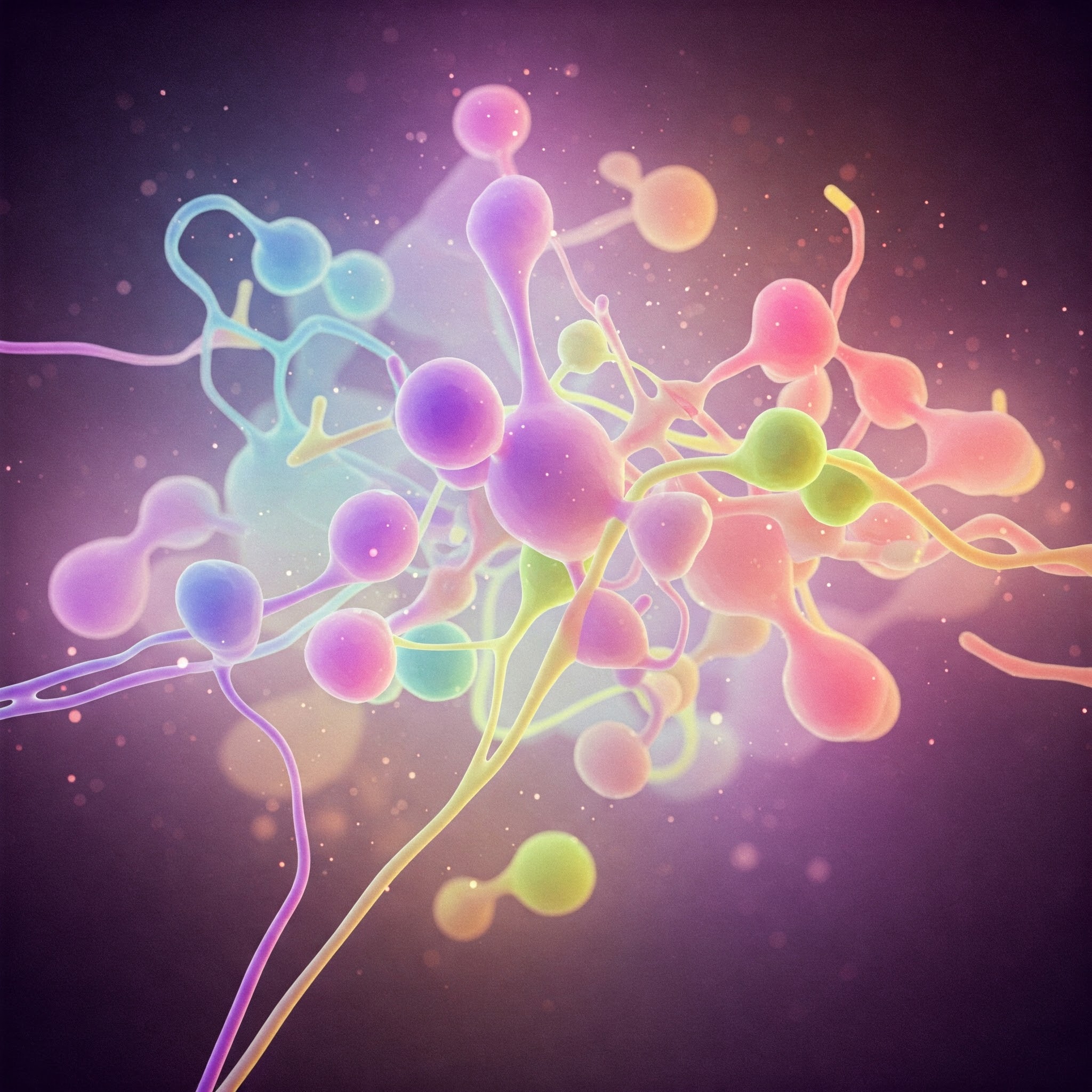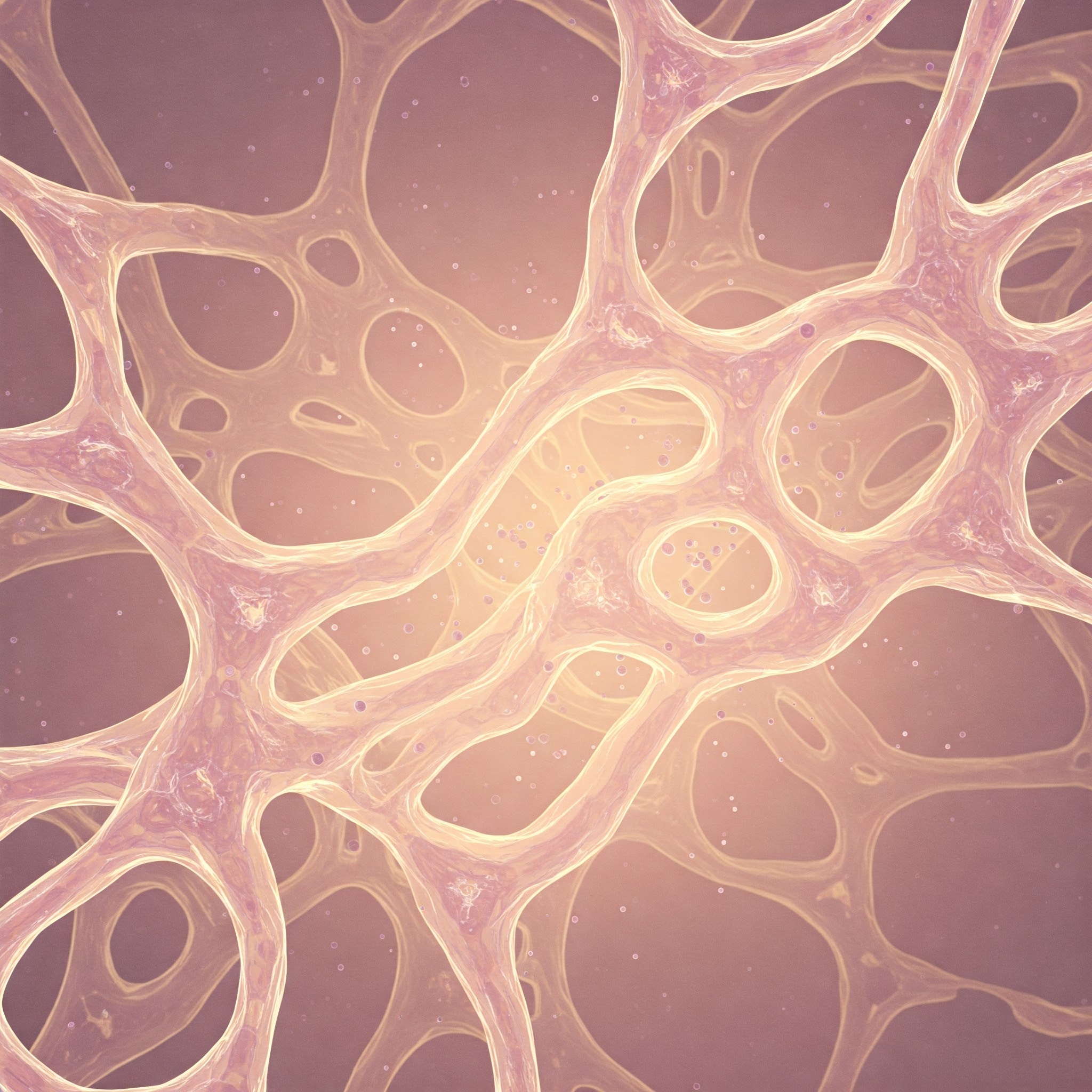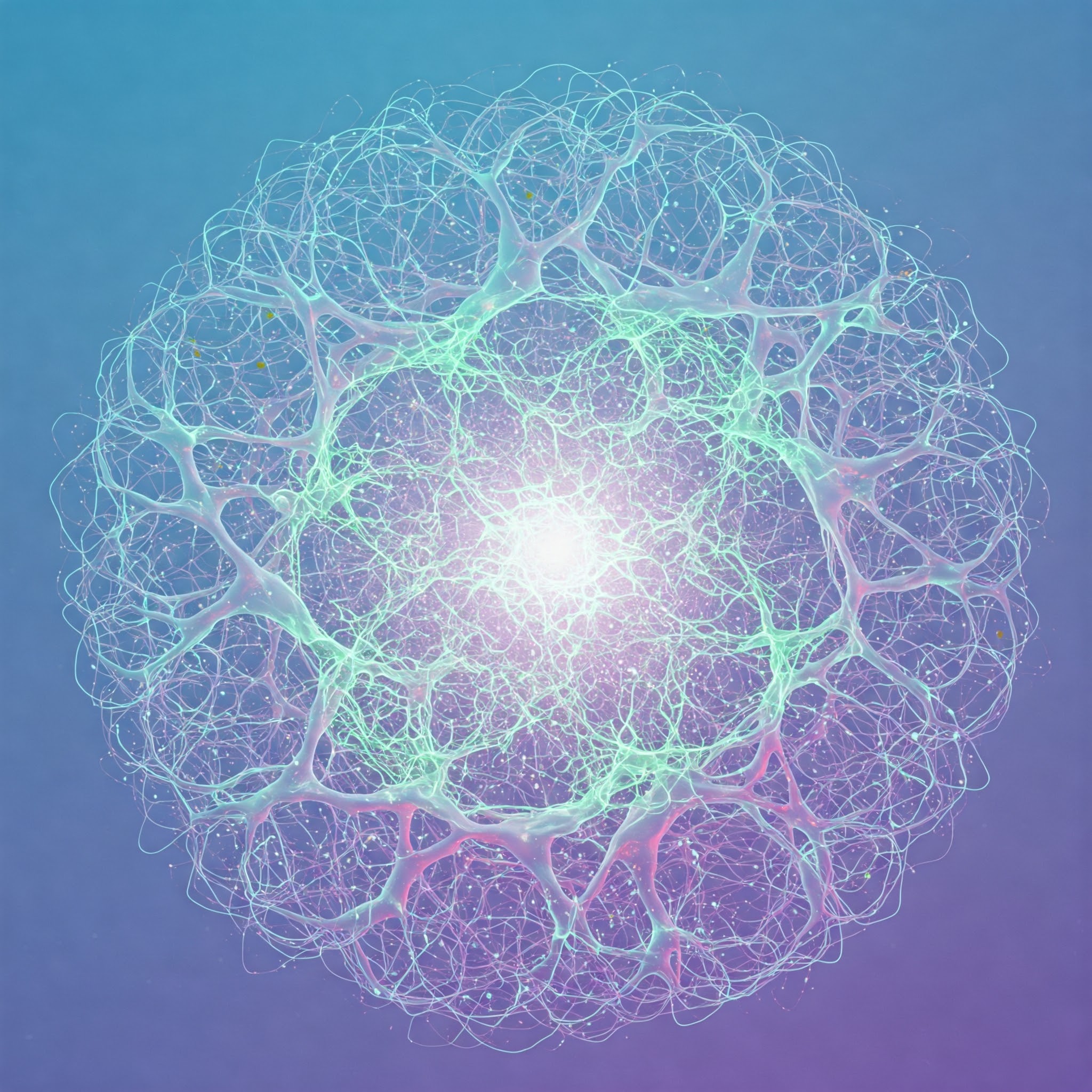The Beads
Framework
A micro-collaborative 'bead' ecosystem that enables multi-modal cognition, task autonomy and adaptive intelligence.
The beads architecture is a multimodal cognitive architecture of associative nodes (a.k.a. beads) which perpetually interact with each other, with the assistance of a constructive medium at a rich and fine level. It is modeled after the human brain to replicate high level cognitive functions like neuroplasticity and spatial memory. On its own, the architecture holds “knowledge” but in addition to an 'intent' and the perpetual conduction / constructive medium, it transforms into intelligence tuned to a diverse set of goals.
As the framework is perpetual, the system lacks distinct training, testing and inference lifecycles. Every operation is performed on live, production-ready beads and concurrency is appropriately controlled. It is important to note that the ecosystem is just an enhanced narrow AI framework (with directed motivation) but falls short of AGI scale autonomy and understanding. This design is intended to target applications requiring high perception and adaptability.
An important advantage (and sometimes, a disadvantage) of a spatial model is its degrees of freedom. When the Beads model is run for the very first time, it lacks the awareness or the knowledge of its environment. Hence, it is tuned to be in an autopilot mode and continuously learns from stimulus and exposure. Moreover, the quality of training entirely depends on the exposure - not in the classical sense of datasets but rather the multimodal stimuli. It is important to note that the maturity of the model determines its performance i.e., maturity is proportional to the trust that the system builds, of its environment - as an experienced car driver would, from years of encountering different stimuli on the road.

